Jostedal

Project details
Project name: Jostedal
Project location: Jostedøla River, western Norway
Installed capacity: 288 MW
Project owner: Statkraft
Commission date: 1989
Assessment details
Assessment tool: Hydropower Sustainability Assessment Protocol (HSAP)
Assessment stage: Operation
Assessment date: July - October 2012, with an on-site assessment on 27-31 August 2012
Assessment overview
Jostedal has low adverse environmental and social impacts, but there are specific issues of concern to local stakeholders. These include: fish passage and spawning in the Jostedøla River; decreasing water levels in a small pond, Vivatjønni, near to the main reservoir, Styggevatn; reduced flows in tributary streams downstream of intakes; timing of the opening (from snow and ice) of access roads to the Styggevatn area; the potential danger at the quarry site adjacent to Styggevatn; and sedimentation affecting localised flood risk.
The project provides significant social and economic benefits to the locality, especially flood protection and the generation of revenues that are used to provide benefits to the local population.
These issues are reflected in the findings of the assessment, and in a range of high scores that summarise the findings. Jostedal meets Proven Best Practice on 11 out of 17 topics assessed using the Protocol (see diagram below). Jostedal meets or exceeds Basic Good Practice on all six remaining topics.
Sustainability Profile

Assessors for this project
Explore Other Projects














